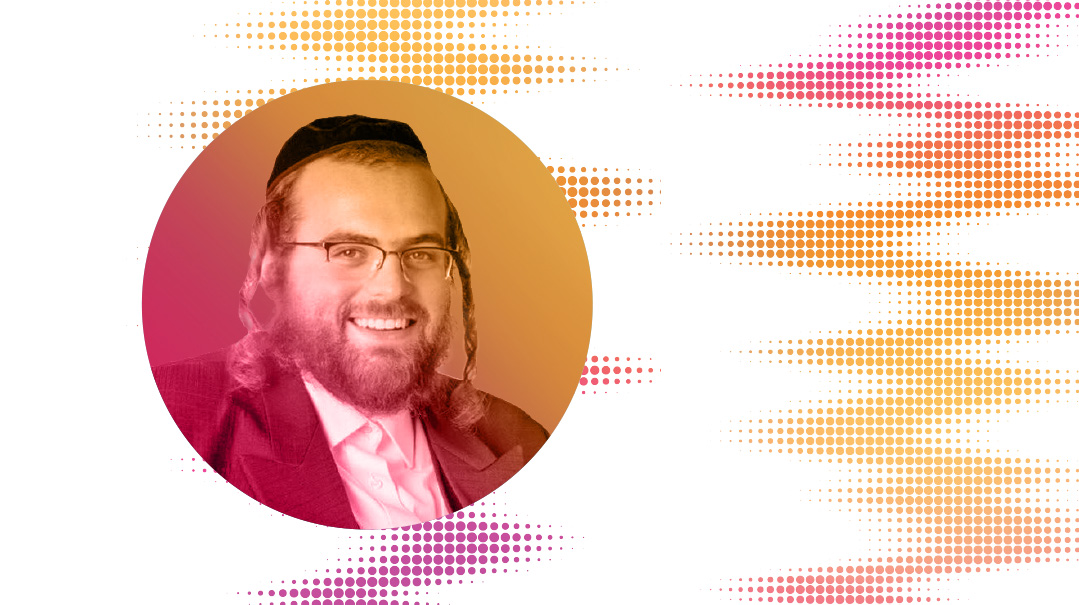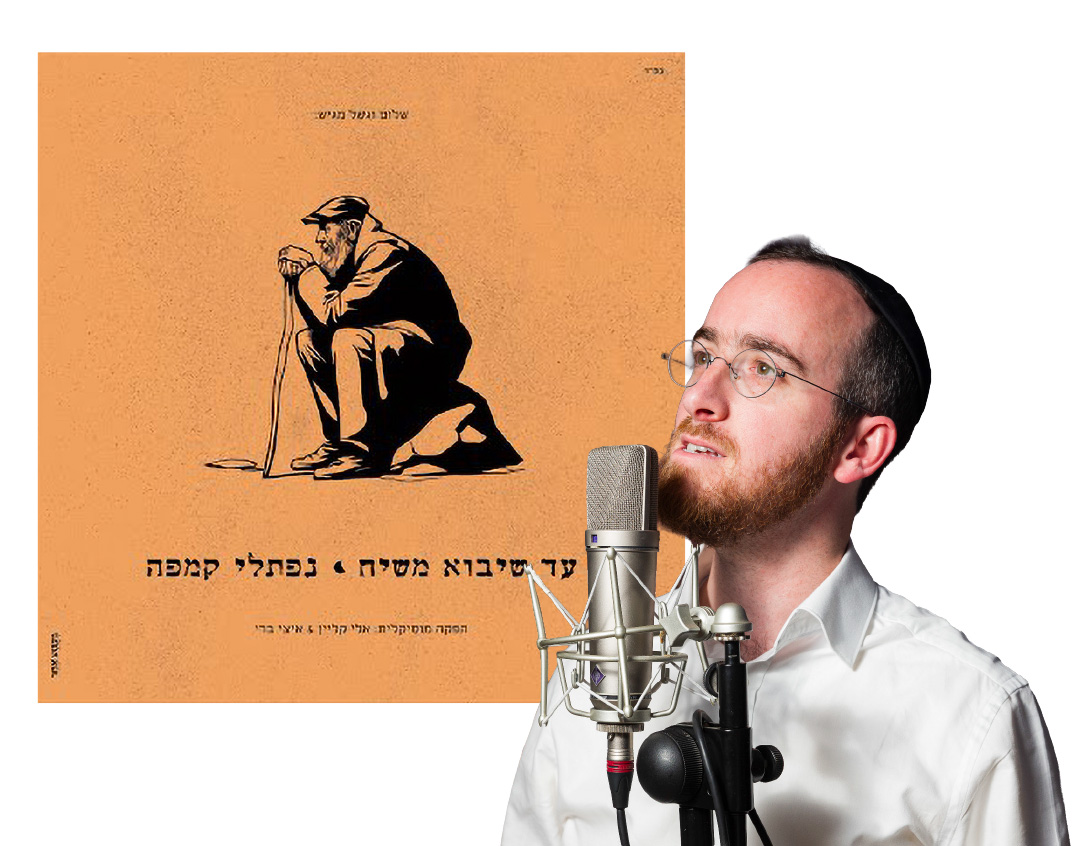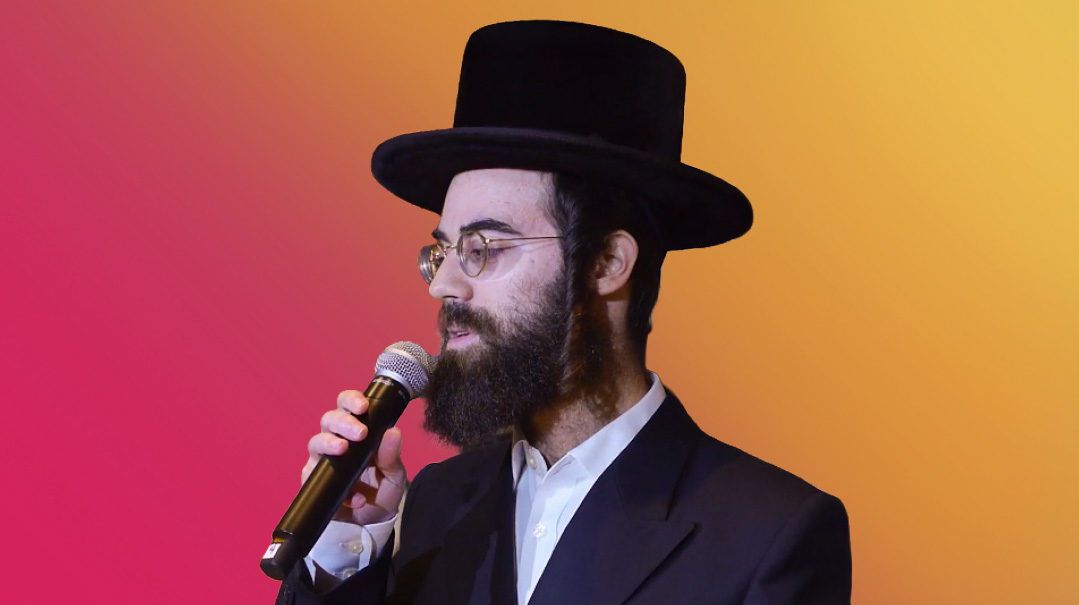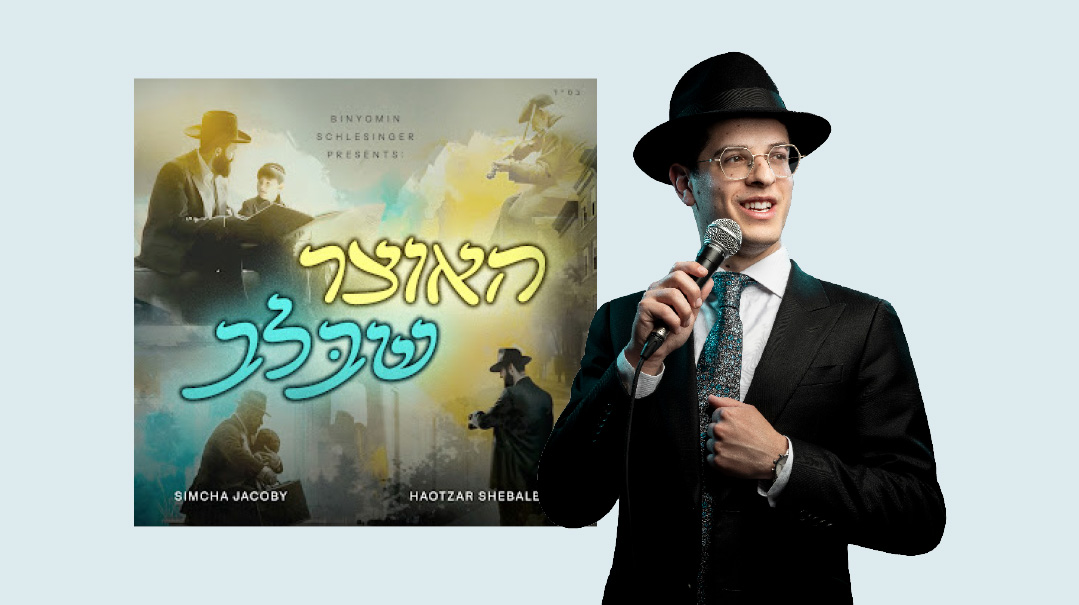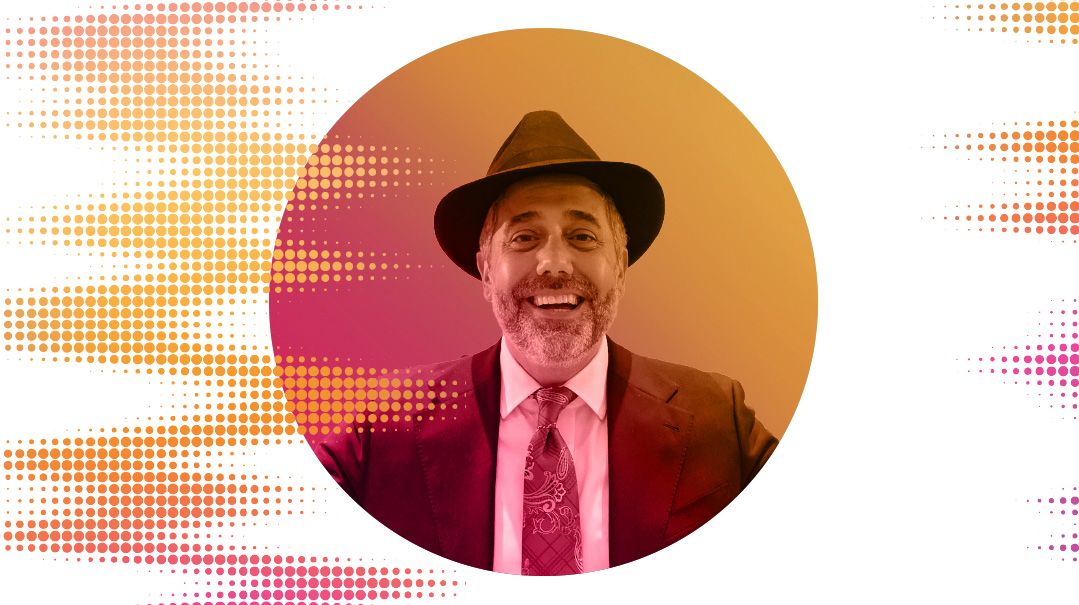Mood Mix with Moshe Auslander
| July 1, 2025Singer, songwriter, and guitarist MOSHE AUSLANDER has just released his first full album, The Holiest Yid in the World

Singer, songwriter, and guitarist MOSHE AUSLANDER has starred with the Thank You Hashem crew on the popular singles “Shuvu Banim,” “Melech HaOlam,” and “Rebbi I Want to Learn,” and has just released his first full album, The Holiest Yid in the World. Moshe lives in Monsey, where he is a third-grade rebbi and camp director by day, spreading inspiration through his music at night.
HOW I GOT STARTED
I feel like Hashem schlepped me along this path. Before Covid, I was part of a group who got hired to sing over Shabbos at bar mitzvahs and other events. For me, there was something that felt a little stiff about singing on demand, these zemiros now, this song after the main course. But Covid shut everything down, aside from a few Zoom kumzitzes. After that, the gigs just started coming. At one small kumzitz, I was singing my song “Shuvu Banim,” and someone recorded it and told me he was sending it to the TYH chevreh. I never thought they’d take any notice, though, but soon afterward, one of the Blumstein brothers, who was a rebbi in the Waterbury yeshivah where I gave a kumzitz, invited me to a family bris in Monsey, where I live. I’m a rebbi, but it just so happened that the bris was on a Friday, and Friday is the only day my teaching schedule starts at 11 a.m. When I came in to the bris, someone started singing my song. I was taken aback, but later that day Elimelech Blumstein left me a voice note: They wanted to produce my song.
MY MOST MEMORABLE PERFORMANCE
I’ll never forget the first time I performed at Camp HASC. The energy and dedication of the people there, plus seeing the power of what music can really do, made that experience beyond words. Music really is beyond words. It comes from the neshamah and touches the neshamah. WHAT I NEVER MISS SINGING ON A FRIDAY NIGHT
I don’t have any constants. It’s important to me to sing what my kids want to sing so we can sing together, but more than that, every Shabbos is different and has a different feel. There’s Shabbos Chazon and there’s Shabbos Nachamu and there’s Shabbos Bereishis…. Even my Kiddush melody can be different each week, reflecting the energy of that particular Shabbos.
WHAT MAKES A SONG “FARBRENGABLE”
Number one, it has to be real and genuine. It’s not about being “cute” — whatever is genuinely felt really resonates today. Case in point is “Rebbi I Want to Learn,” a song that came from my kishkes. I was that boy, and I’m now a rebbi and farbreng with a lot of bochurim, and so many of them have told me that they see themselves in that song as well.
MY FAVORITE LECHA DODI NIGGUN
I like to match the energy of the time, so it all depends when. For example, during Elul I pick Elul niggunim, and during the Three Weeks, Yerushalayim niggunim. Abish Brodt once said that a chazzan davens at you, but a baal tefillah davens with you, and I definitely aim to be that baal tefillah, bringing out the feelings of the tzibbur. If I have any go-to niggun for Lecha Dodi on a “regular” Shabbos (if there is such a thing) that would be “Shabbos Hayom Lashem” by Baruch Levine and Shloime Gertner.
AN ALBUM THAT WAS GROUNDBREAKING FOR JEWISH MUSIC
Eitan Katz’s first album, when he sang with his brother Shlomo, definitely opened something up for everyone. I think they were bochurim at the time, and I don’t think every note on those early albums was perfect, but it was full of fire and neshamah. They opened up a huge new world of being real. Eitan’s music is off the charts; I consider him a rebbi in music. That he isn’t performing, but sharing a niggun as something genuine, changed the music world right at the start, from his early releases.
AN ALBUM I’D TAKE ALONG ON A ROAD TRIP
To be honest, my own. Every niggun has a story and helped me express my feelings to the Ribbono Shel Olam. These are niggunim that were burning inside and had to be shared. Some were written on days when I wanted to cry, others on days when I felt like dancing. There is one song we had to rerecord a couple of times because I kept crying — “Ta’isi k’seh oveid bakeish avdecha….” Even when we feel lost, Hashem wants to hear our voices. And we are never really lost, because, as the pasuk continues, at our core, we have not forgotten who we are.
WHAT MAKES IT WORTHWHILE
The other day, we were promoting the new album, The Holiest Yid in the World. This title song is based on a saying of the Chabad mashpia Rav Mendel Futerfas, who said that “the holiest Yid in the world is yourself, the holiest place is wherever Hashem put you, and the holiest time is when He put you there, right now.” A bochur reached out to me saying that he was faced with a tremendous challenge of kedushah. He took out his phone to distract himself, and then he checked my status. He heard the message — how each Yid is holy wherever he is — and in his words, “It gave me a ton of chizuk, and I was able to look away.”
THE SONG I CAN’T STOP SINGING THESE DAYS
I’m always singing “It’s Geshmak to Be a Yid.” It fits every type of event, because it is geshmak to be a Yid!
A SONG THAT TAKES ME BACK TO MY YESHIVAH DAYS
I learned in Yeshivas Torah Ore in Yerushalayim. Rav Chaim Pinchas Scheinberg, the rosh yeshivah, was already elderly, but whenever he came down to join the bochurim for Shalosh Seudos, we sang the song he loved, Reb Chaim Banet’s “Ko amar, ko amar Hashem, zacharti lach chessed ne’urayich….” That was the Rosh Yeshivah’s niggun and whenever I hear it, I recall the echo in the dining room, the feel of the plastic tablecloths, the atmosphere of Shalosh Seudos in yeshivah.
(Originally featured in Mishpacha, Issue 1068)
Oops! We could not locate your form.

